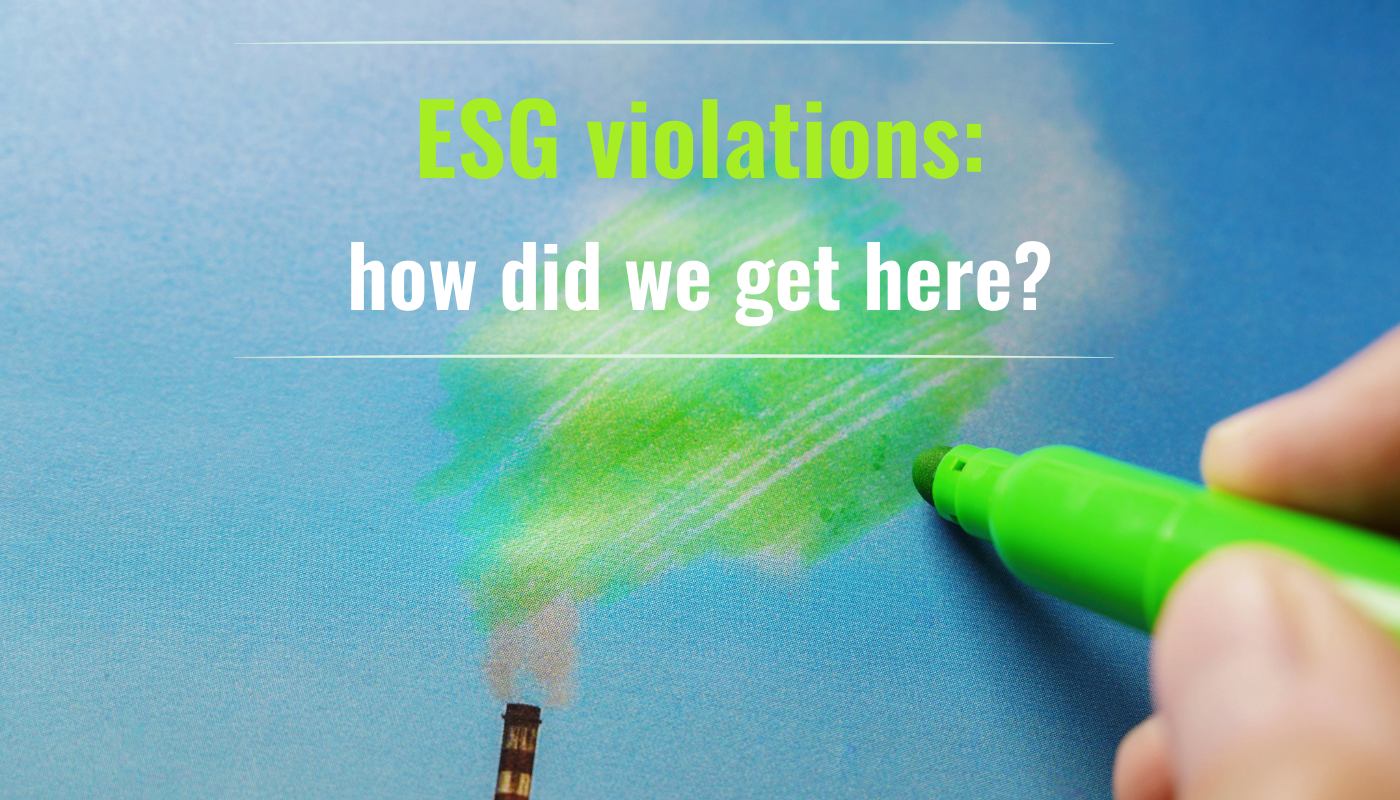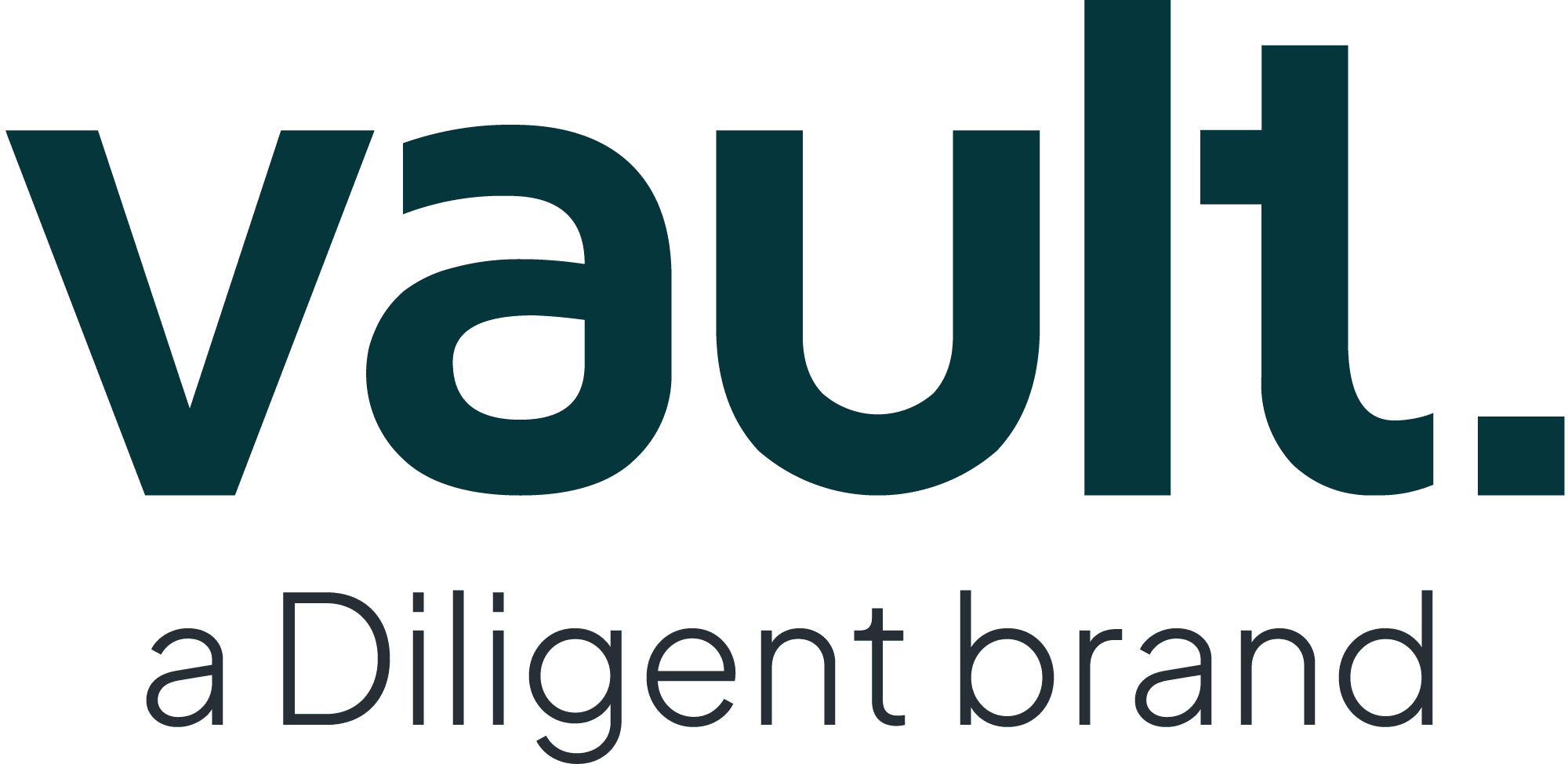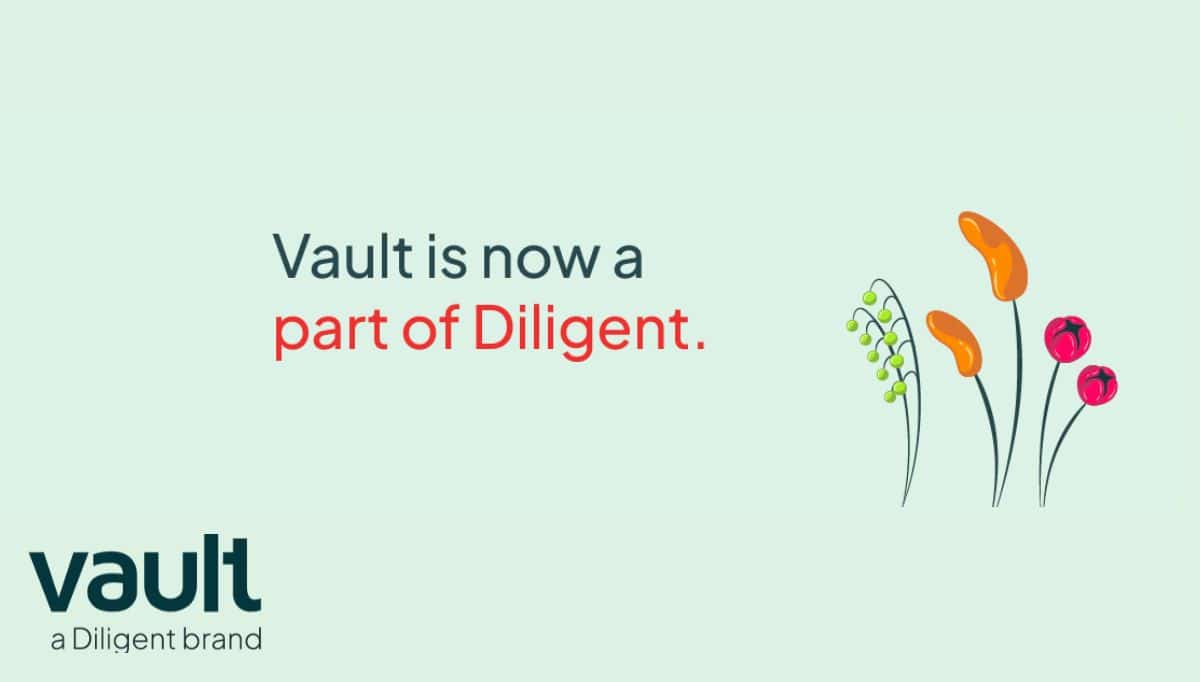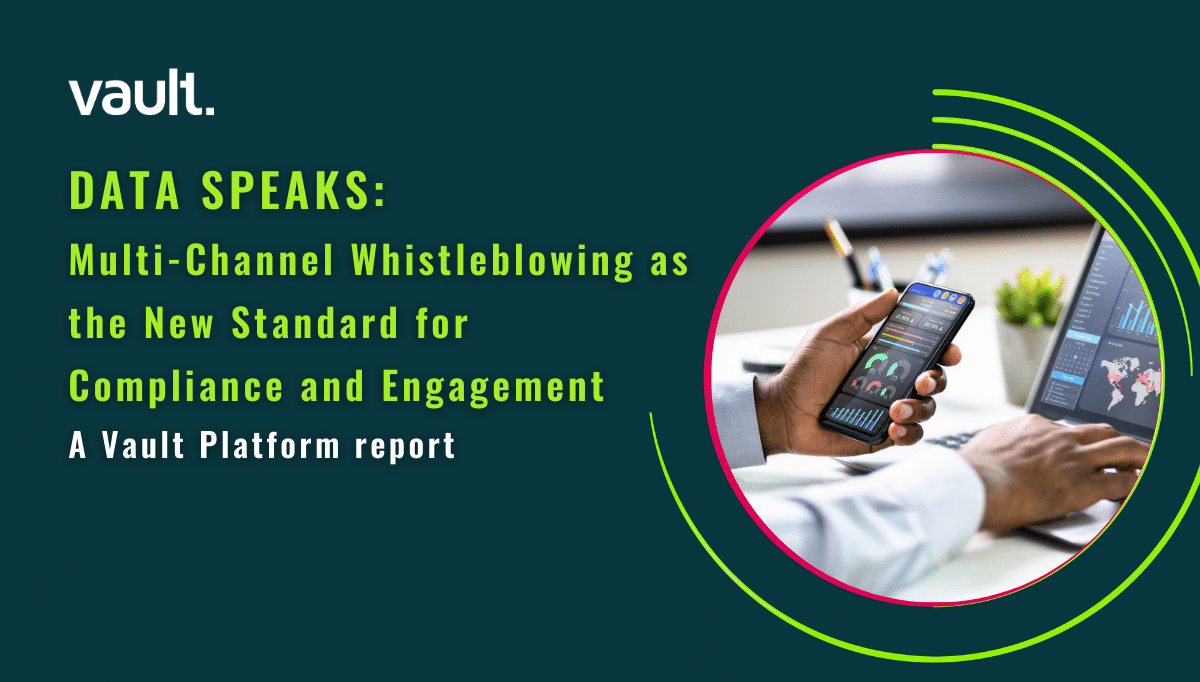
A strong environmental, social, and governance (ESG) proposition is an essential element of a successful business as it can attract the attention of investors, customers, and prospects. The growing importance of ESG performance amongst these groups has also led to increased scrutiny of ESG violations, such as those companies that attempt to ‘greenwash’ their environmental impact.
The majority of ESG data is collected from the top-down, but more and more companies are beginning to understand that reducing the risk of ESG violations comes from every level of the business.
In this blog post, we take a closer look at the ESG violations that have dominated headlines and provide some key considerations for organizations looking to stay on the right track.
What is ESG?
ESG can be defined as three non-financial dimensions: an organization’s impact on the environment, social institutions and human relationships, and the way the organization governs itself and makes decisions. Many investors use ESG metrics to determine a business’s long-term sustainability and potential risk areas, aiding their decision-making process.
When it comes to measuring their environmental impact, some organizations choose to ‘greenwash’ their results. The term ‘greenwashing’ was introduced in 1986, initially used to describe the actions of a beach resort in Samoa. Reusable towels were being provided as a way to help the environment but at the same time, the resort was expanding its facilities, leading to a greater negative environmental impact. Today, greenwashing is used to describe statements that exaggerate, mislead, or highlight certain facts and omit others in relation to environmental impact.
The ‘s’ of ESG should hold organizations to account for social issues within the company, such as harassment, racism, and discrimination. These areas hinder the career progression of underrepresented employees and are amongst the most common forms of workplace misconduct. If the organization is being run in such a way that violations and cover-ups are commonplace, this is an issue with the way the organization governs itself and makes decisions.
Making Headlines
One of the most notable incidents of ESG violation came in 2015 when the Environmental Protection Agency (EPA) found that many Volkswagen diesel engine cars were being sold with software that could detect when they were being tested, changing the performance to improve results. Similar investigations followed in Europe in what became known as Dieselgate and by 2019, Volkswagen’s costs associated with the scandal were estimated to be over $32 billion. Interestingly, one of the outcomes of the federal investigation into Dieselgate was a recommendation to improve the internal whistleblowing mechanisms within Volkswagen.
A 2021 analysis of advertising related to the COP26 climate summit discovered ‘rampant greenwashing’ by companies on social media platforms. The same year, a unanimous decision by the UK Supreme Court found that Uber must classify its drivers as workers, entitling them to better workplace conditions and protections for the first time. In the US, the release of ‘The Facebook Papers’ proved that Facebook was well aware that its business practices were harming the public, causing considerable brand reputational issues.
In May 2022, the offices of Deutsche Bank and its asset management subsidiary DWS were raided over allegations that the firm had overstated the green credentials of its investments. DWS CEO Asoka Woehrmann subsequently resigned in the aftermath.
Goldman Sachs Group Inc is the latest institution facing a probe by the US Securities and Exchange Commission (SEC) into investments using ESG criteria. The investigation is specifically focused on the Wall Street giant’s mutual-funds business and whether some investments were in breach of ESG metrics promised in marketing materials.
What’s Driving This?
Social inequality, unethical operations, carbon emissions, and climate change are just some of the key issues we’re all facing, and society’s focus on these areas extends into investment decisions. Bloomberg reported that ESG assets are on track to exceed $53 trillion by 2025, with climate accounting for about 25% of ESG funds. Inevitably, some companies attempt to ‘game the system’ in order to benefit from green credentials and additional investment. A 2021 study by Quilter found that greenwashing was the biggest concern for 44% of investors when it comes to responsible investing, demonstrating that it’s a systemic problem.
ESG has also been linked to top-line growth and productivity as more and more consumers make purchasing decisions based on how ethical an organization is while employees gain a greater sense of purpose working there. Marketing activities that promote the environmental and social interests of an organization – whether real or greenwashed – will therefore catch the eye of prospective customers and employees.
Added to this are the potential loopholes in regulations and ESG metrics that allow companies to greenwash their performance. Procter & Gamble, for example, committed to reducing its annual emissions by 50 percent by 2030. However, it was reported in 2019 that these only included Scope 1 and 2 emissions, not Scope 3. P&G’s climate commitment, therefore, applied to just 2% of its supply chain emissions.
Things Need to Change
So, what can we do to combat ESG violations and the growth of greenwashing? As consumers and investors, we can be selective in the products and services we buy from and invest in, choosing responsibly based on the actual environmental and social output of companies.
Regulators can set the standards for what ESG metrics offer the most value and continue to crack down on violations, increasing the risks to companies choosing to do so.
Organizations, meanwhile, need to take note of the violations being discovered and the huge costs associated in the aftermath, including the risk of soiling the brand’s reputation.
An organization’s environmental and social impact shouldn’t solely sit with marketing departments that can mislead consumers. While dedicated individuals such as ethics and compliance professionals can take a lead in measuring the successes and shortcomings of their policies and activities, ultimately ESG should be a shared concern for the whole business. Organizations need to move to active integrity models and enable every person in the organization to report on ESG violations and keep the company honest.
Continuous improvements will help to raise the bar for what an ethical organization is, what is considered to be a positive ESG performance, why it’s so important to be truthful and transparent, and why doing good is good for business.
Keen to build a world-class E&C program that demonstrates your commitment to ESG? Book a demo to discover how Vault can be the most important asset in your toolbelt.
***
Frequently asked questions
What is ESG?
ESG can be defined as three non-financial dimensions: an organization’s impact on the environment, social institutions and human relationships, and the way the organization governs itself and makes decisions.
Why is ESG important?
As well as being good for the planet and society, many investors use ESG metrics to determine a business’s long-term sustainability and potential risk areas, aiding their decision-making process.
What is greenwashing?
The term ‘greenwashing’ was introduced in 1986, initially used to describe the actions of a beach resort in Samoa. Reusable towels were being provided as a way to help the environment but at the same time, the resort was expanding its facilities, leading to a greater negative environmental impact. Today, greenwashing is used to describe statements that exaggerate, mislead, or highlight certain facts and omit others in relation to environmental impact.
What is ESG reporting?
It’s important to be truthful and transparent when detailing a company’s impact on the environment, society and its inner workings by sharing accurate data and dealing with ESG violations.






